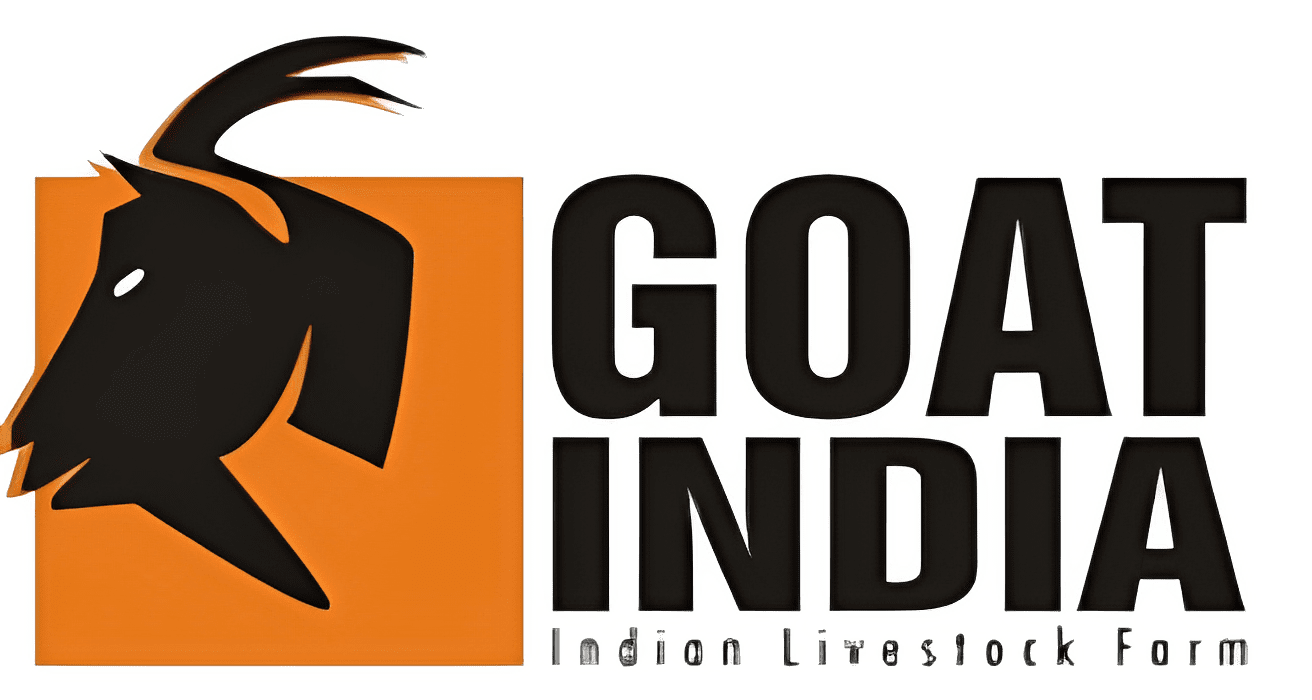Sirohi Goat
Hardy dual-purpose breed perfectly adapted to India’s arid and semi-arid regions, prized for excellent meat quality and consistent milk production.
Comprehensive Sirohi Goat Guide
Compact frame with short, strong legs. Distinctive black coat with white neck and ear patterns. Medium-sized, leaf-shaped ears that hang flat with visible wattles. Small, curved horns present in both bucks and does.
Coarse, silky hair growing approximately 2 cm annually. Brown base coat sometimes spotted with lighter or deeper brown variations. Some kids may be born without spots. Hair provides natural protection in harsh climates.
Long, strong legs built for traversing rough terrain. Average-length tail with slight upward curl. Well-developed muscular frame suited for both milk and meat production. Hardy bone structure adapted to arid conditions.
Adult bucks: 35-50 kg (healthy specimens up to 50kg). Adult does: 25-30 kg. Excellent flesh-to-bone ratio making them cost-effective for meat production. Size variations depend on nutrition and management practices.
Well-ventilated shelter essential to prevent respiratory issues. Minimum 14 hours daily lighting needed. Comfortable flooring that’s easy to clean – concrete preferred but may need padding for hooves. Separate feeding and watering areas.
Roughage forms diet foundation (hay, grass, fibrous plants). Concentrates provide essential proteins, carbohydrates, and vitamins. Grains like corn, barley, and protein supplements like soy powder. Mineral supplements including salt, calcium, phosphorus.
Constant access to clean, fresh water mandatory. Dehydration poses major health risks affecting digestion and overall wellbeing. Regular water container cleaning prevents contamination. Monitor water consumption as health indicator.
Adequate air circulation prevents ammonia buildup and humidity issues. Easy cleaning access essential for hygiene maintenance. Separate areas for feeding, resting, and milking. Drainage system for waste management and cleanliness.
Daily yield of 1-2 liters with high nutritional value. Suitable for dairy products like cheese, yogurt, and butter. Often used in commercial dairy operations. Milk quality excellent for value-added processing.
Highly sought-after meat with excellent taste and texture. Versatile for various cuisines – curry, biryani, kebabs. Superior flesh-to-bone ratio provides cost-effective meat production. Tender, flavorful meat preferred in local markets.
Outstanding reproductive performance with year-round breeding capability. Multiple births common (twins frequent). Used in breeding programs to improve herd genetics. Both natural breeding and artificial insemination practiced successfully.
Excellent brush controllers helping in land management. High-quality manure rich in nitrogen, phosphorus, and potassium – ideal for organic farming. Contributes to ecosystem improvement and wildfire risk reduction.
Natural resistance to many parasites and common diseases. Hardy constitution requires minimal maintenance compared to other breeds. Strong immune system adapted to harsh environmental conditions. Consult veterinarian for preventive care programs.
Exceptional adaptation to wide range of environments. Thrives in hot, dry conditions of Rajasthan and Gujarat. Heat tolerance and water efficiency make them ideal for arid regions. Adjusts well to varied dietary conditions.
Regular health monitoring and vaccinations recommended. Proper ventilation prevents respiratory issues. Clean water and quality feed maintain optimal health. Early detection of health issues through daily observation.
Crucial income source for many Indian farmers. Low maintenance requirements reduce operational costs. Multiple revenue streams: milk, meat, breeding stock, and manure. Sustainable farming option for resource-limited regions.
Essential Sirohi Goat Knowledge
Regional Origin
Indigenous to Rajasthan and Gujarat regions of India, specifically adapted to arid and semi-arid conditions. Developed through generations of natural selection in harsh desert climates. Name derived from local geographical regions where the breed originated and thrived.
Feeding Adaptability
Excellent adaptation to varied dietary conditions including poor-quality forage. Efficient conversion of marginal vegetation into valuable protein. Can thrive on browsing native plants and shrubs. Supplementation improves production but not always necessary for survival.
Market Value
High demand in both local and export markets for meat quality. Milk commands premium prices due to nutritional richness. Breeding stock valuable for genetic improvement programs. Hide and manure provide additional revenue streams.
Breeding Seasons
Year-round breeding capability with peak seasons during cooler months. Gestation period approximately 150 days. Twin births common, contributing to rapid herd expansion. First breeding typically at 15-18 months of age for optimal results.
Growth Performance
Rapid early growth with efficient feed conversion rates. Kids reach marketable weight within 6-8 months under good management. Adult size achieved by 12-15 months with proper nutrition. Consistent weight gain throughout productive life.
Environmental Benefits
Contributes to sustainable land management through vegetation control. Low carbon footprint compared to intensive livestock systems. Helps maintain ecological balance in desert ecosystems. Supports biodiversity conservation in native habitats.
Sirohi vs Other Indian Breeds
Start Your Sirohi Goat Farming Journey
Get expert guidance for successful Sirohi goat farming with proven management techniques and regional expertise.


